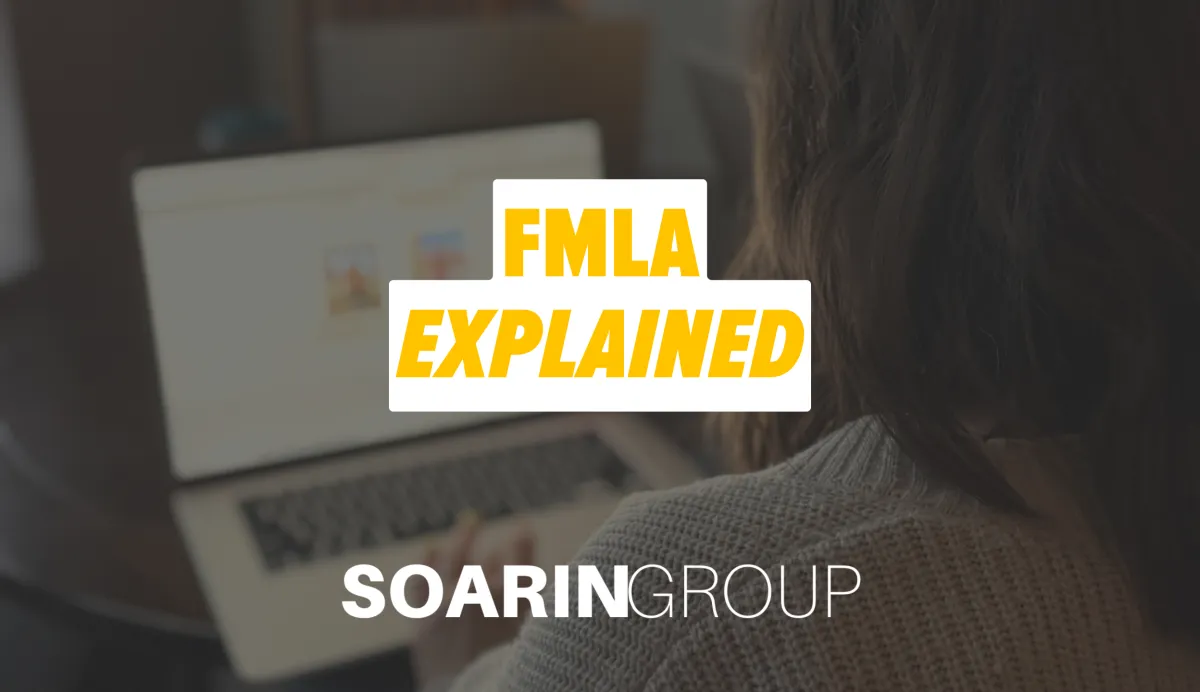
FMLA Defined
What Does FMLA Mean?
Family and Medical Leave Act (FMLA) – that’s what FMLA stands for. Enacted in 1993, it's a vital U.S. federal law that ensures eligible employees can take unpaid, job-protected leave for specific family and medical reasons.
🧭 Understanding FMLA: A Quick Overview
FMLA Defined: Federal law allowing employees at companies with 50+ staff (including public agencies and schools) up to 12 weeks of unpaid leave per 12 months, with continuation of health benefits.
Covered Reasons:
Birth and bonding with a newborn
Adoption or foster care placement
Caring for a seriously ill immediate family member (spouse, child, or parent)
Self-care due to a serious health condition
Who Is Eligible?
To qualify under FMLA, an employee must:
Be employed for at least 12 months
Have worked 1,250 hours in the previous year
Work for an employer with 50+ employees within a 75-mile radius
What Employers Must Provide
Covered employers are legally required to:
Maintain your job position or a similar one upon return
Keep health insurance coverage intact during leave
Not retaliate against employees for taking leave
Post FMLA rights notices and include those policies in employee handbooks
Military Family Expansion
Employees can take up to 26 weeks of FMLA leave in one 12-month period to care for a covered serious injury or illness of a servicemember, or to handle qualifying exigencies related to military deployment.
FMLA in Context: Paid vs. Unpaid Leave
The federal FMLA provides unpaid, job-protected leave.
Only a few states currently offer Paid Family and Medical Leave (PFML). FMLA runs concurrently with state-paid leave, but the federal law alone does not guarantee pay.
Many U.S. workers still lack access to paid leave, prompting proposed legislation to establish nationwide paid leave options.
Why It Matters
Employees gain peace of mind knowing they can address life’s critical moments—like medical emergencies or expanding a family—without risking their job or benefits.
Employers benefit too: compliance helps reduce turnover, improve morale, and avoid costly legal disputes.
Frequently Asked Questions
What does FMLA provide?
Up to 12 weeks of unpaid, job‑protected leave per year (26 weeks for qualifying military caregiver leave), with continued group health benefits.
How do I know if my employer is covered?
If your company has 50 or more employees within a 75‑mile radius, or if you work in public schools or government agencies, FMLA applies.
What qualifies as a serious health condition?
Any condition requiring inpatient care or ongoing medical treatment—like chronic illnesses, pregnancy complications, or major surgeries.
SEO & Soarin Group Context
By creating content anchored on the phrase “what does fmla mean?”, you capture targeted search intent. Structuring the article with short paragraphs, bullet lists, and helpful FAQs improves readability and signals authority to search engines.
To further enhance user value, consider adding:
How to apply for FMLA
Documentation and certification process
State-specific paid leave summaries
Employer guidelines and compliance checklists
Conclusion
FMLA = Family & Medical Leave Act. It grants eligible U.S. employees up to 12 weeks of unpaid, job-protected leave for qualifying family and medical reasons—protecting both their position and health benefits. Though unpaid, it’s a critical support for Americans during life’s most sensitive times.
Key takeaways:
FMLA = up to 12 weeks unpaid, job‑protected leave (26 weeks for military caregivers)
Applies if you’ve worked 12 months, 1,250 hours, and your employer has 50+ staff
Employers must maintain health benefits and comply with legal requirements
State-paid leave programs may complement FMLA
